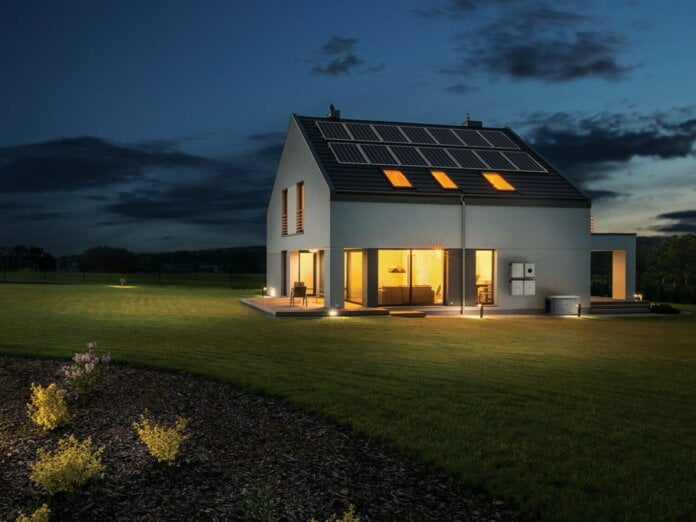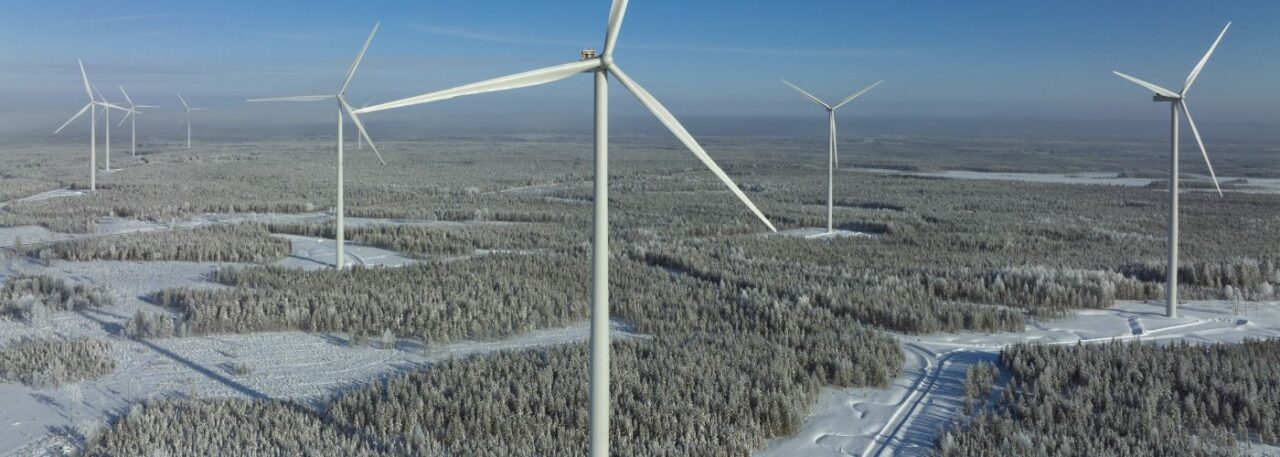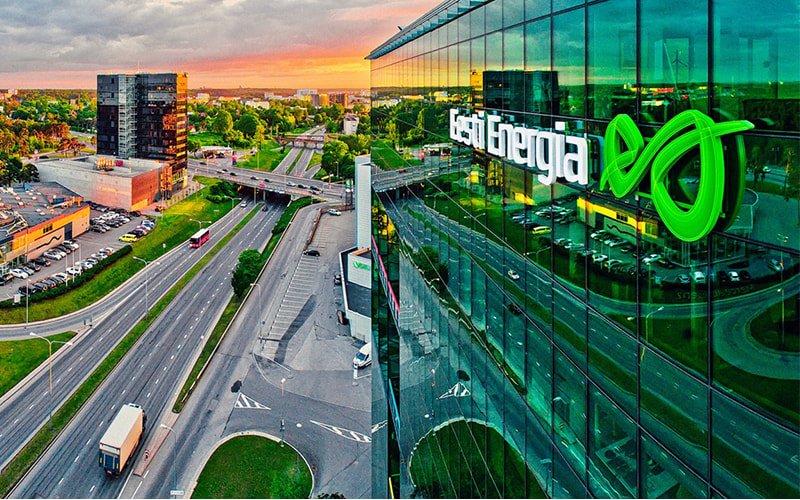VinES Energy Solutions (VinES), is a business division of major Vietnamese conglomerate VinGroup, and is currently building the nation’s first lithium iron phosphate (LFP) battery ‘gigafactory’ through a joint venture (JV) with a subsidiary of Chinese manufacturer Gotion High-Tech.
It also makes and integrates battery storage systems and earlier this year, it signed a memorandum of understanding (MoU) with Japan’s Marubeni Corporation to develop battery energy storage system (BESS) projects for Vietnamese commercial and industrial (C&I) customers.
SolarBK meanwhile has deployed 650MWp of distributed scale solar PV projects for residential and commercial and industrial (C&I) customers since its founding 15 years ago. Through a group subsidiary, IREX, SolarBK owns and operates a photovoltaic cell and module factory with 350MWp annual production capacity. It also has subsidiaries focused on renewable energy-as-a-service for large commercial end-users, as well as residential PV equipment distribution and R&D.
The country has experienced recent rapid growth in solar installations, a large proportion of which is rooftop PV. Thanks largely to a national feed-in tariff (FiT) scheme for behind-the-meter C&I installations, Vietnam went from a few hundred megawatts installed solar generation capacity in 2018 to more than 16GW by the middle of 2021.
However, accommodating further growth of solar generation could be challenging without deployment of technologies like battery energy storage systems (BESS) that could ease its integration to the grid.
Government power plan targets 50% adoption of rooftop PV
Vietnam aims to expand its share of renewable energy on the grid to at least 30.9% by 2030 as per policy targets, and achieve net zero emissions by 2050. Other renewable energy sources like wind will be important, but the government has also determined that in its push towards fossil fuel use reduction – most notably reducing the proportion of power generation from coal down to 20% from about a third today – expansion of rooftop PV generation should continue.
The national Vietnam Power Development Plan VIII, published earlier this year, calls for the overall expansion of generation capacity to 150GW across all sources by the end of this decade, again, a big jump from just under half of that sum being generated for the grid in 2020. Vietnam also wants to become a net exporter of energy to other countries in the Asia-Pacific (APAC) region.
Key to the new partnership between the two manufacturers is the Power Development Plan VIII’s goal of putting rooftop solar PV systems on at least 50% of office and residential buildings.
The pair are kicking off with the pilot installations of 300 systems this year, including discounted offers for the first 100 customers’ systems. From there VinES and SolarBK plan to make a wider rollout during 2024.
The Asian Development Bank (ADB) and non-profit Global Energy Alliance for People and Planet (GEAPP) recently announced US$35 million funding to assist in accelerating the transition away from fossil fuels in South and Southeast Asia. The groups identified supporting the growth of energy storage in Vietnam as a priority area of focus for that funding, as well as supporting Indonesia’s transition away from coal-fired power generation.
Energy-Storage.news’ publisher Solar Media will host the 1st Energy Storage Summit Asia, 11-12 July 2023 in Singapore. The event will help give clarity on this nascent, yet quickly growing market, bringing together a community of credible independent generators, policymakers, banks, funds, off-takers and technology providers. For more information, go to the website.
Continue reading









